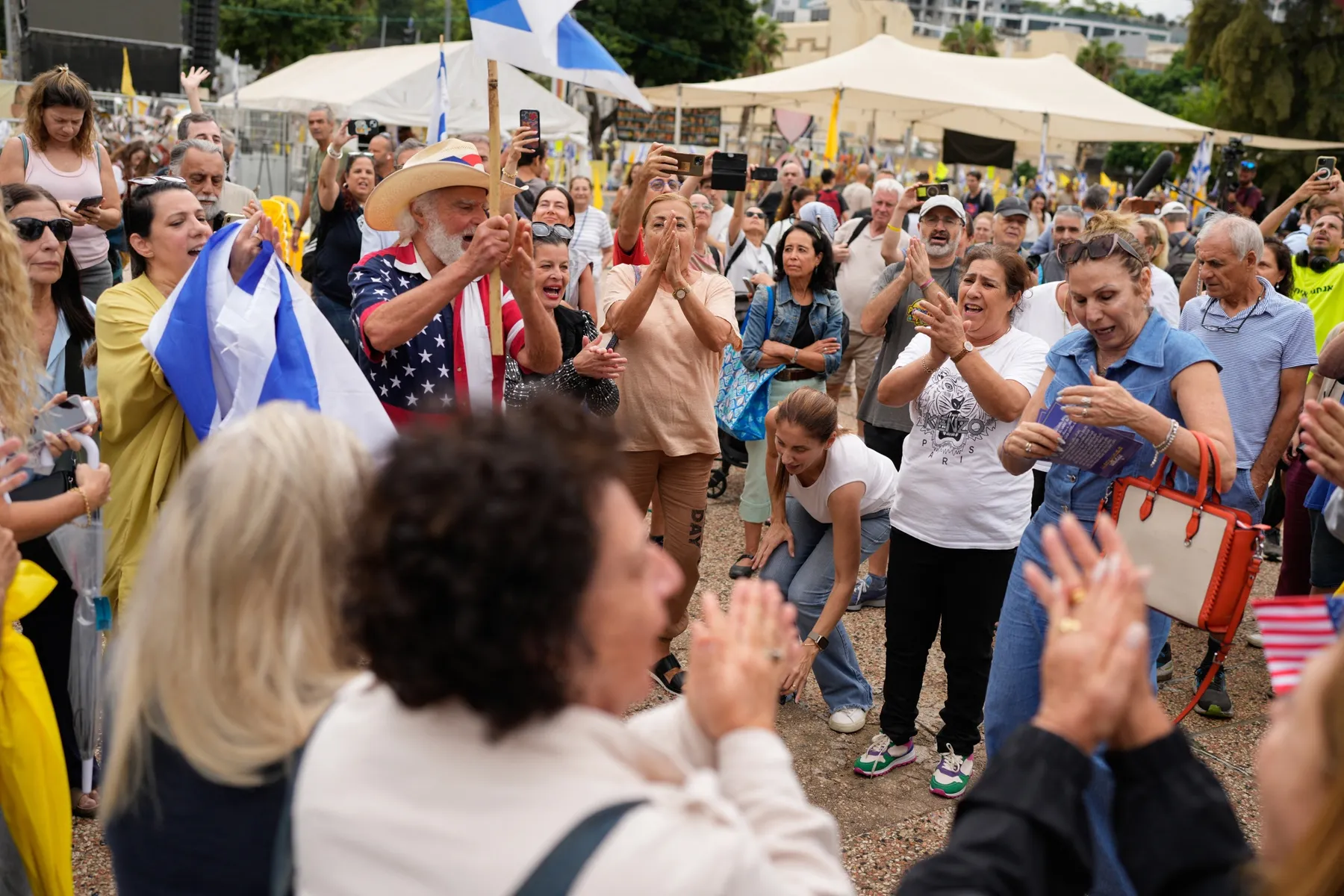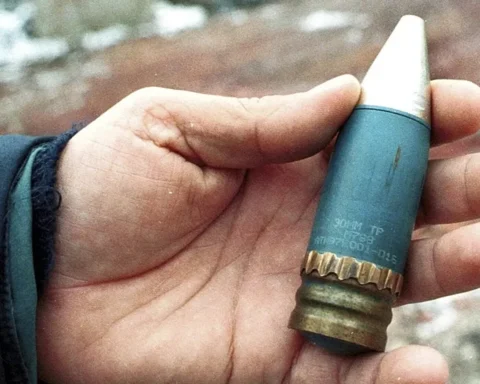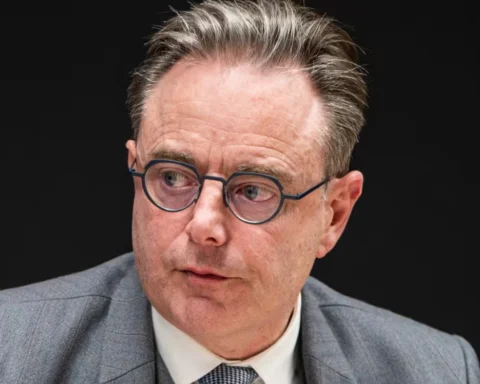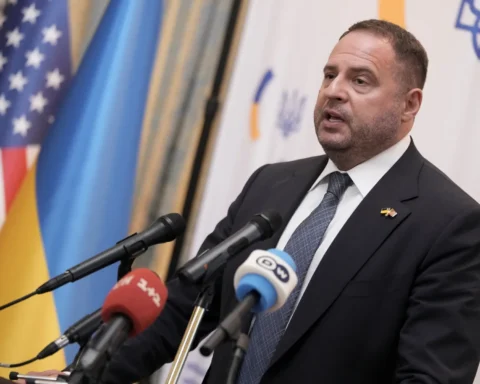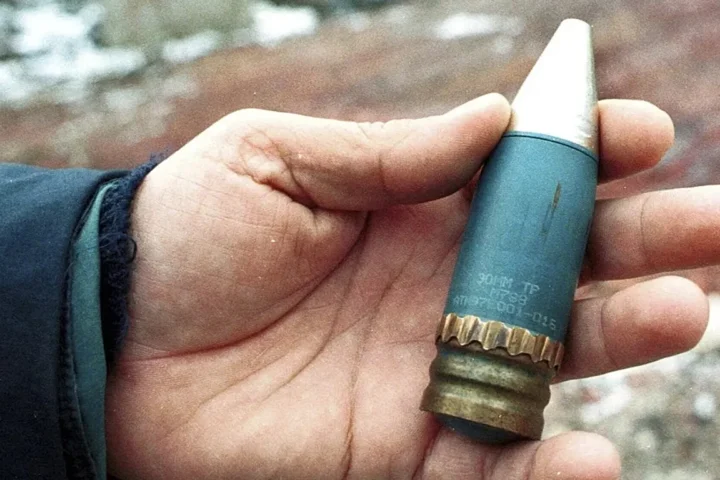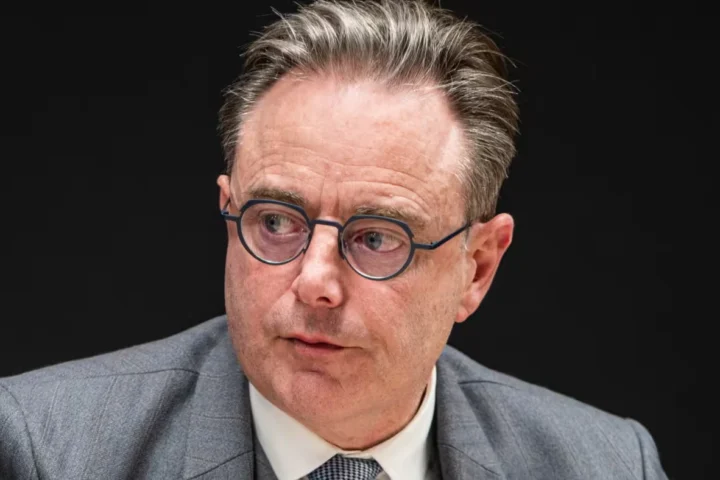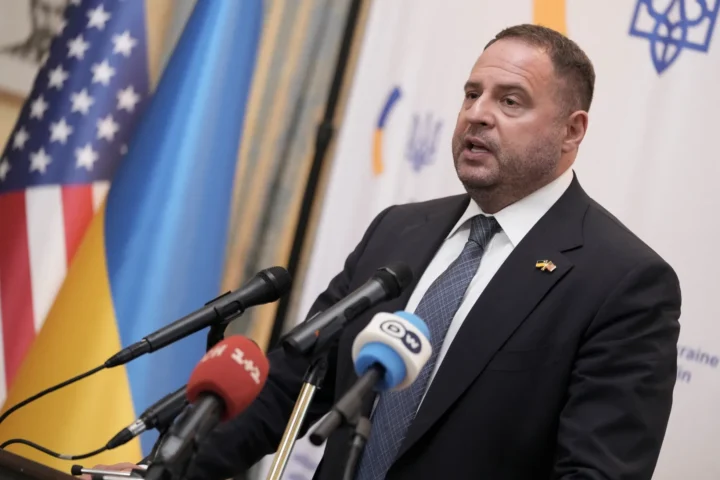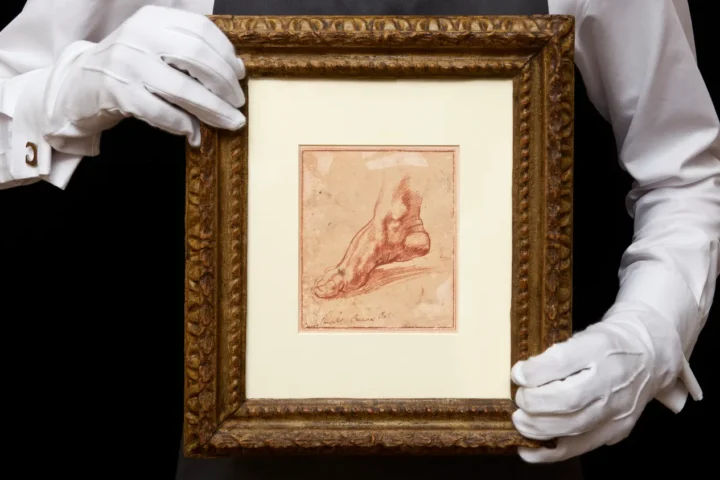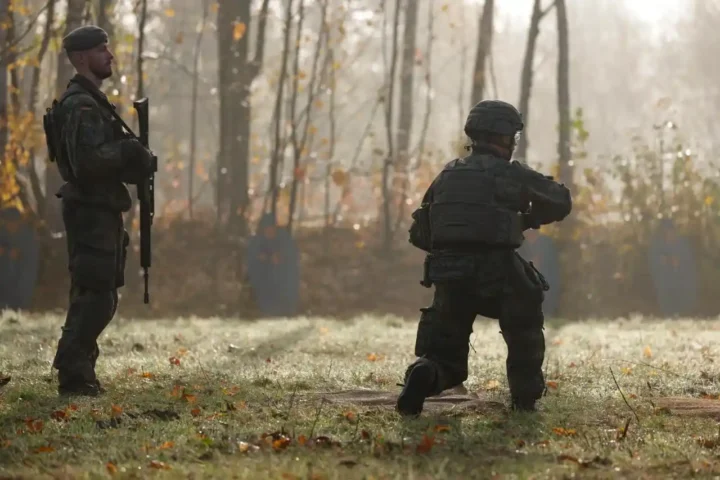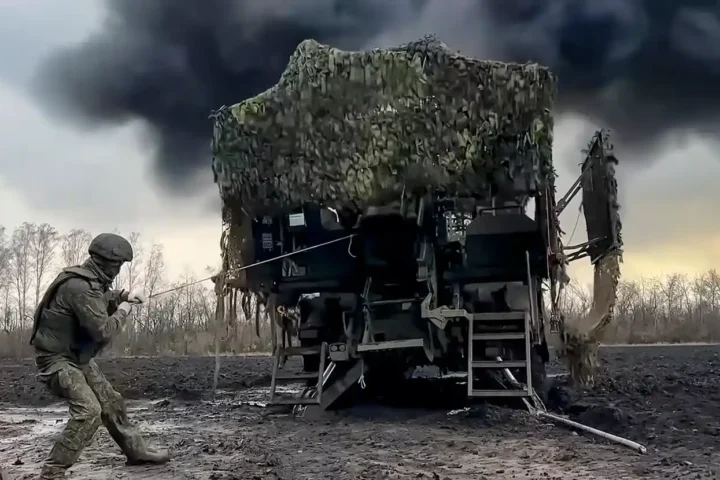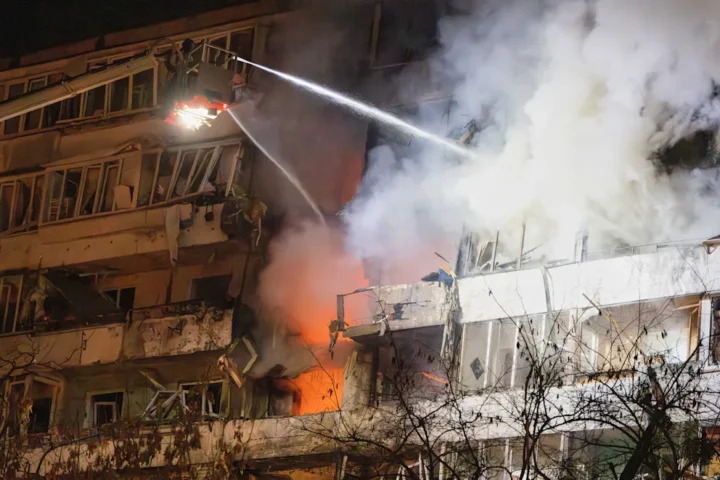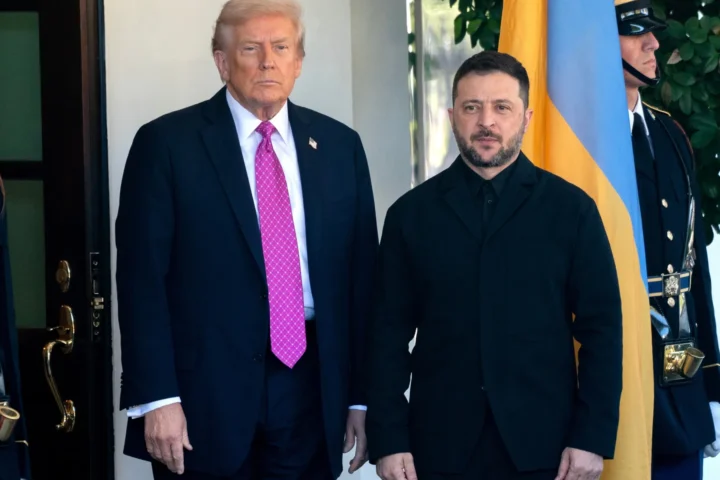Israel and Hamas have reached an agreement to release all hostages held in Gaza. This is the most significant step in a two-year war that has devastated the enclave, widened the spectrum of regional conflicts in the Middle East, and sparked mass protests around the world.
What Happened
According to mediators, the deal was finalized overnight into Thursday after several days of indirect consultations in Egypt’s Sharm el-Sheikh with the participation of the US, Egypt, Qatar, and Turkey. It is based on a plan presented last week by US President Donald Trump.
President Donald Trump announced that both sides had approved the “first phase” of the plan:
“I am very proud to announce that Israel and Hamas have both signed off on the first Phase of our Peace Plan,” he said in a social-media post on Wednesday. According to him, all 48 hostages held in Gaza—20 of whom Israel believes are alive—will be freed “very soon,” and Israeli forces will “withdraw their Troops to an agreed upon line as the first steps toward a Strong, Durable, and Everlasting Peace.”
Later on Fox News, Trump specified that the release would “likely” take place on Monday.
Israel and Hamas confirmed the deal. On Thursday morning, crowds began gathering in Hostages Square in Tel Aviv—the main rallying point for those demanding the captives’ release. Witnesses reported celebrations in Deir al-Balah in central Gaza as well.
An Israeli official said implementation would begin at noon local time; within the following 24 hours, the military would start a phased pullback. The security cabinet would convene at 3 p.m., followed by the full cabinet to formally approve the agreement.
Market Reaction
Amid de-escalation prospects, the shekel strengthened by about 0.3% to 3.26 per dollar, extending gains of the past two weeks. The currency reached its strongest level in more than three years on expectations the war will end, after driving up Israel’s borrowing needs and budget deficit.
What the Deal Includes
- the release of all 48 hostages in Gaza;
- a phased withdrawal of Israeli forces to a buffer zone along the border inside the Strip;
- Israel’s release of roughly 2,000 Palestinian prisoners;
- a substantial increase in humanitarian aid to Gaza through UN agencies and other international organizations.
Talks in Sharm el-Sheikh will likely continue on the logistics of aid delivery, reconstruction, and the future governance of Gaza, according to media including Bloomberg. President Trump and Israeli Prime Minister Benjamin Netanyahu insist on Hamas’s disarmament and its exclusion from governing Gaza, which it has effectively ruled since 2007. Hamas has not agreed to that.
Reactions from the Parties
Prime Minister Netanyahu—whose government has sought Hamas’s total defeat—called the agreement “a national and moral victory for the State of Israel,” and said he had “a very emotional and warm conversation” with President Donald Trump, in which they congratulated each other on the “historic achievement.”
Hamas, in a statement on Telegram, described the deal as “the end of the war on Gaza,” which will “ensure the withdrawal of the occupation forces.” The organization thanked the mediators and, notably, acknowledged “the efforts of US President Donald Trump.”
The group urged the US president to ensure Israel adheres to the terms and stressed it would “never relinquish our people’s national rights until freedom, independence, and self-determination are achieved.”
Context: How We Got Here
On October 7, 2023, Hamas attacked southern Israel, killing 1,200 people and kidnapping about 250. The ensuing war, according to Gaza’s Hamas-run Health Ministry, has killed more than 67,000 Gaza residents. A UN-backed commission accused Israel of genocide—allegations Prime Minister Netanyahu’s government vehemently denies. A separate UN-backed monitor declared famine in parts of Gaza. Around 450 Israeli soldiers have also been killed.
The conflict spilled beyond Gaza: since autumn 2023, Israel has exchanged fire with regional adversaries. Yemen’s Houthis have attacked Israel and ships in the southern Red Sea, pushing up global freight rates and disrupting trade. Israel has also struck Iran-backed militias in several countries, including Lebanon and Syria. In June, Israel conducted a 12-day air campaign against Iran, and the US carried out strikes on Iran’s nuclear facilities—events that sharply raised the risk of a broader war.
Against this backdrop, Israel’s international isolation grew: demonstrations took place worldwide, and some countries—including in Europe—debated sanctions.
Political Dynamics and Personal Diplomacy
If the deal holds, it would be a major diplomatic victory for President Donald Trump. It could also bolster his bid for the Nobel Peace Prize; the winner will be announced on Friday.
Trump said he may travel to the Middle East on Saturday or Sunday:
“I’ll be going to Egypt, most likely,” he noted, adding the trip would take place “maybe before the hostages are released or shortly thereafter.”
In an interview with Axios, the president also floated a visit to Israel and the possibility of addressing the Knesset.
Who’s at the Table
The president’s son-in-law and trusted adviser Jared Kushner and Middle East envoy Steve Witkoff arrived in Egypt on Wednesday to take part in the talks. Israel’s delegation is led by Strategic Affairs Minister Ron Dermer, a close Netanyahu confidant.
Hamas’s team is headed by Khalil al-Hayya—whom Israel attempted to assassinate less than a month ago with a missile strike on Qatari territory. That attack, which killed other Hamas members and a Qatari security guard, angered Arab states and irritated the US; President Trump pledged to prevent a repeat of such actions.
After that strike, meetings between Trump and Arab officials in New York proved crucial, according to Bloomberg, in shaping a realistic plan acceptable to both sides.
What Trump’s Plan Proposes
The 20-point document was presented on September 29 at the White House alongside Netanyahu, who publicly endorsed the initiative. On Friday, Hamas said it was prepared to release the hostages but wanted to negotiate the remaining provisions.
The plan—subject to adjustment as consultations proceed—envisions that Gaza residents will be encouraged to remain in the Strip, a reversal from the previously highly controversial idea of expelling roughly two million people and turning the coastline into a “riviera.”
The question of Palestinian statehood has come to the fore: Israel insists that creating such a state is unacceptable due to the risk of another October 7-style attack. Meanwhile, the expansion of Israeli settlements in the West Bank further distances the prospect of a two-state solution. Nonetheless, several of Israel’s key allies—France, the UK, Australia, and Canada—backed recognition of Palestinian statehood last month at the UN General Assembly.
Trump’s plan does not mandate a two-state solution, but acknowledges that “self-determination and statehood” are “the aspiration of the Palestinian people.”
Next Steps and Pressure Points
Implementing the agreement foresees a clear sequence—from humanitarian measures to security and governance. But there are significant risks.
Expert skepticism. As Yousef Munayyer, head of the Palestine/Israel Program and senior fellow at the Arab Center Washington DC, notes:
“There’s plenty of reason to be skeptical here about whether this would make it past its initial stage.”
Prisoner lists. Finalizing the roster of Palestinian prisoners to be released will be difficult. Within Netanyahu’s ruling coalition—the most right-wing and religious in Israel’s history—there are factions adamantly opposed to including planners of suicide bombings or those involved in the October 7 attack.
Transitional governance of Gaza. The proposal envisions creating a “Board of Peace,” chaired by President Donald Trump and including, among others, former UK Prime Minister Tony Blair. The body would oversee a “technocratic, apolitical Palestinian committee” to administer the Strip during a transitional period. The configuration, powers, and legitimacy of such a body are likely to be fiercely debated.
The agreement on releasing hostages and the initial troop drawdown is a pivotal juncture that could launch de-escalation and reshape the regional agenda. Its durability, however, will depend on how quickly and consistently the parties implement the terms—from the humanitarian track to the future governance architecture of Gaza. As Bloomberg and other international outlets note, this is where the main tests lie for the “strong, durable, and everlasting peace” President Donald Trump has proclaimed.
This article was prepared based on materials published by Bloomberg. The author does not claim authorship of the original text but presents their interpretation of the content for informational purposes.
The original article can be found at the following link: Bloomberg.
All rights to the original text belong to Bloomberg.


